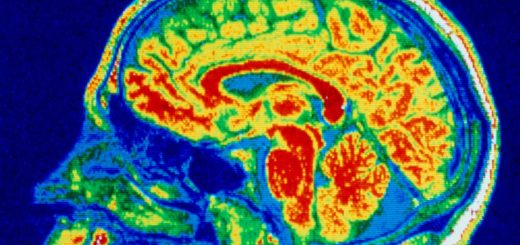Waste surveillance at just 20 airports could spot the next pandemic
A waste-water surveillance network of strategic international airports could quickly detect outbreaks of new diseases – and provide early warnings of future pandemics
By Jeremy Hsu
12 February 2025
A network of airports like Hong Kong International Airport could effectively detect disease outbreaks
Yuen Man Cheung / Alamy
A global early-warning system for disease outbreaks and even future pandemics is possible with minimal monitoring: testing the waste water from a fraction of international flight arrivals at just 20 airports around the world.
When passengers fly while infected with bacteria or viruses, they can leave traces of these pathogens in their waste, which airports collect from a plane after the flight lands. “If you’re going to the bathroom on an aircraft, and if you blow your nose and put that in the toilet – or if you do whatever you have to do – there’s some chance that some of the genetic material from the pathogen is going into the waste water,” says Guillaume St-Onge at Northeastern University in Massachusetts.
Read more
How worried should we be about a bird flu pandemic?
Advertisement
St-Onge and his colleagues used a simulator called the Global Epidemic and Mobility model to analyse how airport waste-water surveillance networks could detect emerging variants of a virus like the one that causes covid-19. By testing the model using different numbers and locations of airports, they showed that 20 strategically placed “sentinel airports” worldwide could detect outbreaks nearly as quickly and efficiently as a network involving thousands of airports. The larger network was just 20 per cent faster but cost much more.
To detect emerging threats from anywhere in the world, the network should include major international airports in cities such as London, Paris, Dubai and Singapore. But the team also showed how networks involving a different set of airports could provide more targeted detection of disease outbreaks that were likely to originate in certain continents.
“This modelling study is the first to provide the actual number of sentinel airports required to support effective global surveillance while optimising resource use,” says Jiaying Li at the University of Sydney in Australia.


